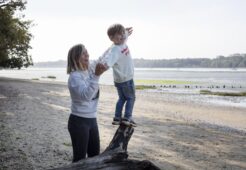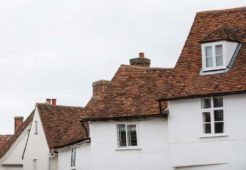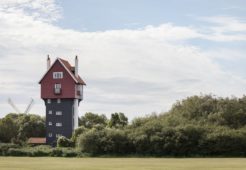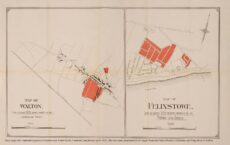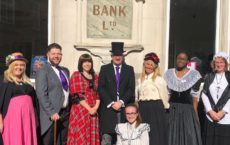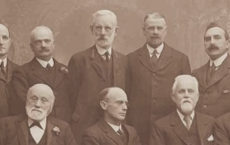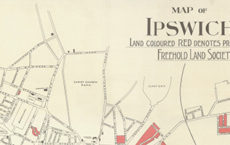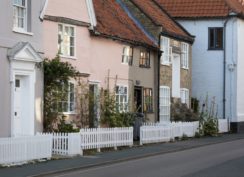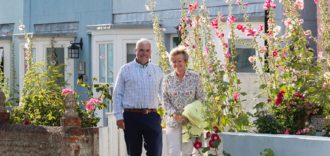The earliest recorded building society was set up in Birmingham in 1775 and by 1800 there were more than 50 building societies, all in the Midlands and the North. These were terminating societies set up with the intention of providing homes for their members. The members paid subscriptions and drew lots to decide whose home should be built first. Once they were all housed, subscriptions ceased and the society was wound up or ‘terminated’. (Later on, societies were commonly established as ‘permanent’.)
Birmingham was a centre of radicalism in the 1840s and became the home and starting point for the freehold land society movement under the energetic leadership of James Taylor. The Birmingham Freehold Land Society, later to grow into the National Freehold Land Society, was formed in 1847.
Taylor managed a group of building societies and his system was to use the Freehold Land Society to advance the money to buy the plot of land and his building societies to build a house on it.
He travelled hundreds of miles to explain to others the potential of land societies. Within a matter of months word had spread up and down the country. Land societies or associations were formed in Coventry, Wolverhampton, Dudley and Stourbridge. The emerging town of Ipswich was to be in the next round.
In the seven years after 1847 well over a hundred land societies were set up, including the Ipswich and Suffolk Freehold Land Society (later to become Ipswich Building Society) in 1849. In the same year alone, 21 other societies were also established.
By 1860 over 750 societies existed in London, with 2,000 in the provinces. In 1910 this stood at a total of 1,723 societies – today there are 44 remaining societies.
Extracted from “150 Years On: A Century an a Half of Ipswich Building Society” by Ivan Howlett, published 1999.


